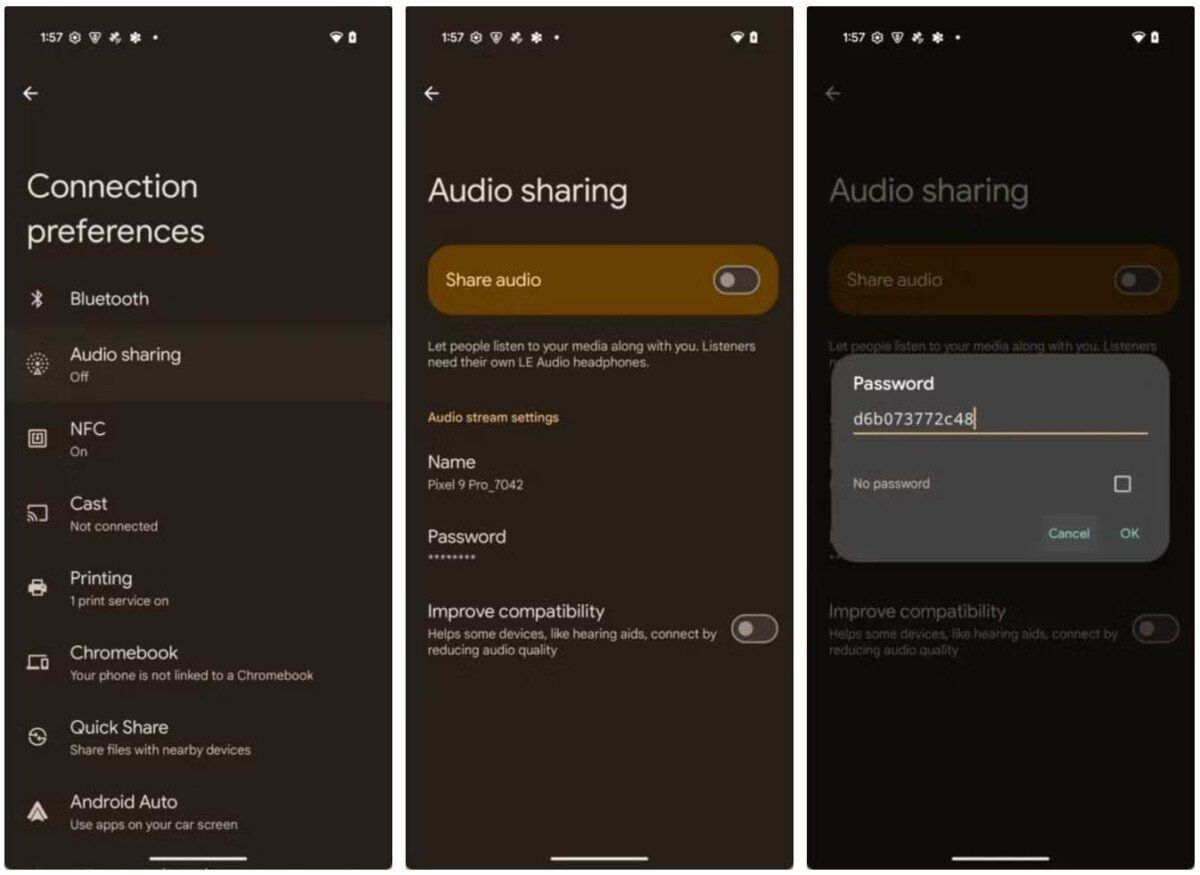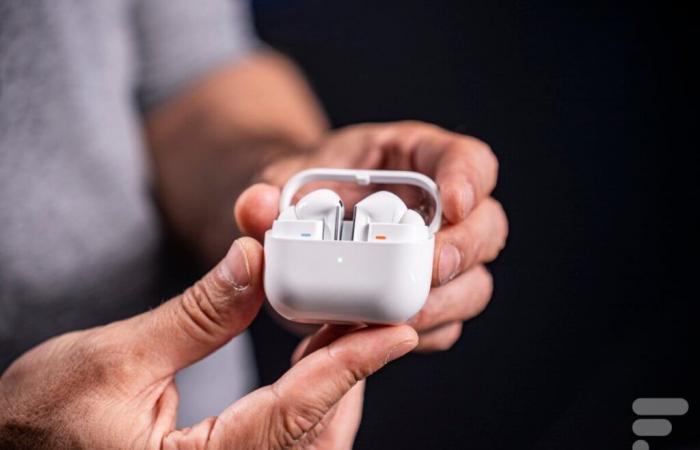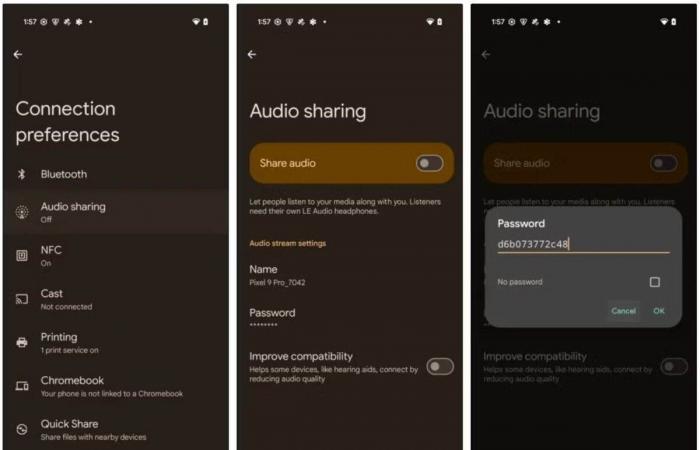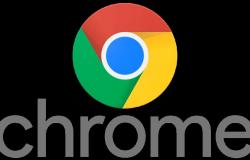The latest version of Android, currently in the development phase, brings an expected feature: multiple audio sharing via Auracast technology. The latter allows audio content to be streamed simultaneously to multiple Bluetooth devices for a collective listening experience.
While version 16 of Android arrives earlier than expected, it obviously offers its share of new features including a particularly interesting one which concerns audio streaming. Promised with Android 15, Auracast technology will finally be effective and will benefit from massive deployment with Android 16.
This technology relies on Bluetooth LE Audio to allow the broadcast of an audio stream to several receivers simultaneously. It will thus be possible to share music, podcasts or videos with other people equipped with compatible headphones, without requiring an individual connection for each device.
To go further
How to install Android 16 DP1 on your smartphone?
The configuration is intended to be particularly intuitive: simply access this function via the “Connected devices” menu in the Android settings, from where you can personalize the name of the desired broadcast and even set a password if necessary. In addition, a QR code also allows other participants to connect.

Compatibility and gradual deployment
This feature requires specific hardware to work. On the smartphone side: at Google, only the Pixel 8 and more recent models (with the exception of the Pixel 8a) support Auracast while Samsung has already adopted this technology on its Galaxy S24, while other manufacturers like Xiaomi are starting to integrate it into their devices.
The headphones must also be compatible with this technology. Thus, the Google Pixel Buds Pro 2, Samsung Galaxy Buds 3 and Galaxy Pro 3 are among the first models to support Auracast. At Sony too, we can count on the LinkBuds Open while the Sennheiser Momentum True Wireless 4 headphones also integrate this technology, just like the JBL Tour Pro 3 or the Philips Fidelio L4 headphones and the Fidelio T2 headphones, for example. Finally, some speakers also support Auracast, like the Miniroll from Ultimate Ears.
Auracast, which applications?
The practical applications of Auracast are numerous. For example, in airports, travelers will be able to receive announcements directly in their headphones. Museums will be able to offer guided tours without additional equipment, and gyms will be able to stream audio from their various screens to users’ personal devices.
This technology also finds use in the area of accessibility, allowing people with hearing loss to receive a clear, direct audio stream into their compatible hearing aids. Educational institutions will also be able to benefit from it to improve the learning experience of students.
Remember that the final version of Android 16 is expected during the second quarter of 2025. If, however, you have compatible equipment, you can always try to install Android 16 Developer Preview 1 and give it a try.








